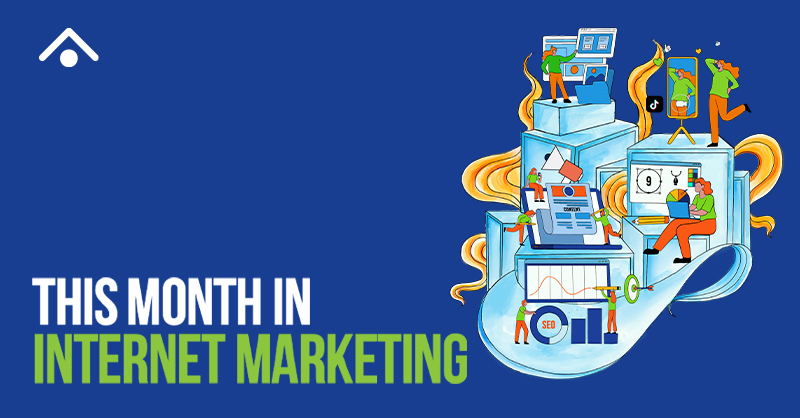 Before we understand the Zero Moment of Truth we must first go back to when the idea of a marketing “moment of truth” originated. In the foreword of Winning the Zero Moment of Truth published by Google, Dina Howell former Vice President of Global Media and Brand Operations at Procter & Gamble describes how the “first moment of truth” was discovered.
Before we understand the Zero Moment of Truth we must first go back to when the idea of a marketing “moment of truth” originated. In the foreword of Winning the Zero Moment of Truth published by Google, Dina Howell former Vice President of Global Media and Brand Operations at Procter & Gamble describes how the “first moment of truth” was discovered.
The First Moment of Truth
The first moment of truth refers to the first 7 seconds a consumer has with a product on the store shelf, during this moment they evaluate packaging, price, and relate any marketing messages they’ve seen before and make a decision whether or not to buy the product. This is one of the “moments of truth” a marketer must win in order to gain a new customer.
The Second Moment of Truth
The second moment marketers must win in order to gain a new customer is when the customer takes home the product, tries it and decides whether or not they like it, would recommend it and/or would buy it again.
The Zero Moment of Truth
The first and second moment of truth were a revelation when marketers first discovered them; it helped them focus their messaging a drove them to market more effectively by tying together messaging at each intersection of the customer experience. But there is a new moment of truth that technology and the web has brought us: the Zero Moment of Truth.
The Zero Moment of Truth refers to all the research consumers do online before making their purchase. The internet has empowered people to know more about the product they’re going to buy, than the person selling it to them.
How do People Search for your Company’s Product or Service Online?
This is fairly simple, let’s say I am in the market for a new pair of headphones, a typical search might go something like this:
- “headphones”
- “best headphones”
- “headphones review”
Or let’s say I already know the brand I wanted to buy, e.g. Sony; I would search for
- “Sony headphones”
- “best Sony headphones”
- “Sony headphones review”
These 3 searches are becoming the predominant ways people are searching for products and services online. As marketers it’s up to us to make sure we provide our potential customers with valuable content that informs their purchase decisions. We also need to be there for them in every facet of internet marketing:
- PPC (Pay-Per-Click") Advertising; AdWords, Facebook, Bing adCenter etc.
- Landing Pages for specific products and services
- SEO (Search Engine Optimization); be found for your keywords when people don’t know your brand name
- Social Media Marketing; Facebook, Twitter, YouTube, Google+, etc.
- Review Sites: Google Places, Yelp, Home Stars, etc.
We may not have total control over where someone researches in ZMOT, but we definitely should have presence. The book Winning the Zero Moment of Truth stresses that we must embrace reviews in order to be successful and that 80% of online reviews are written by 20% of users; and that 80% of reviews are 4 and 5 stars. It also talks about how a few negative reviews can lend authenticity and make positive reviews more credible. Reviews can even help you better your product and/or service, even helping you drive sales.
Watch this video to find out why reviews are the new word of mouth:
We’ll talk more about this ZMOT and how it applies to B2B and service based companies in blog posts to come!
Is your business embracing ZMOT? Tell us how!







on
How, if at all can ZMOT be applied to tourist activities?
So far I’ve read through the ZMOT Handbook and already there were a few sections that I skipped through, because they didn’t really apply to my business. The examples were specifically geared towards retail and selling products.
I’d imagine that the path a consumer takes before making a purchase is similar to what is described in ZMOT when it comes to deciding on a location and accommodations.
But my guess would be that the average tourist doesn’t do as much online research on tourist attractions and activities as they do when purchasing a product, as described in ZMOT. There is generally less competition, because you’re not selling online. Once someone is at a destination, they’re choices are limited to what’s available there. Vacationers also often make last minute decisions to do a tour/activity. And to some degree choices are also based on what’s close to the resort they’re staying at.
on
Well I guess sites like Trip Adviser and Yelp could be considered ZMOT touch points along the path to purchase.
on
Steve;
One of the questions I started hearing a while ago is what creates the Zero Moment of Truth.
The Zero Moment of Truth is caused when an event triggers someone to no longer be happy with what they have.
These ‘Trigger Events’ cause the ‘Status Quo’ to no longer be sufficient and makes them curious if there is something better.
The challenge is that all too often people are too busy to start looking for an alternative.
In other words they are thinking about changing but they are too busy doing other things to start the process of Searching For Alternatives.
I look forward to your blog post on ZMOT and how it applies to B2B.
Craig
on
Thanks Craig. I would argue that it’s not only the moment when someone is dissatisfied with a product or service that creates ZMOT, but also when people begin finding solutions to their problems through online research.